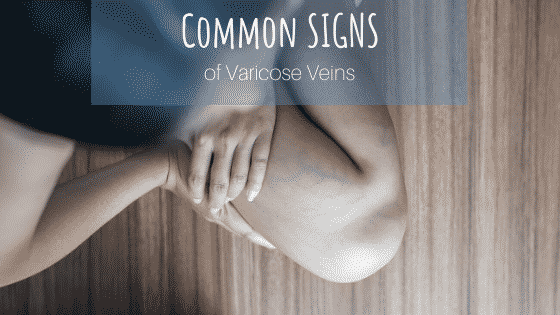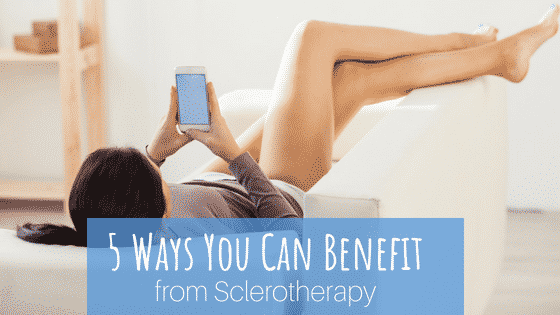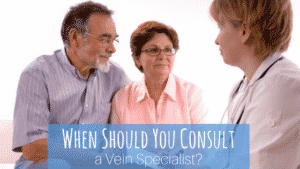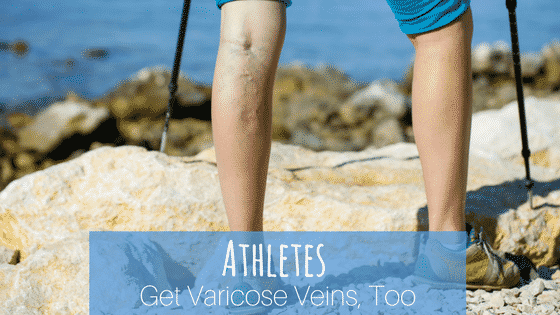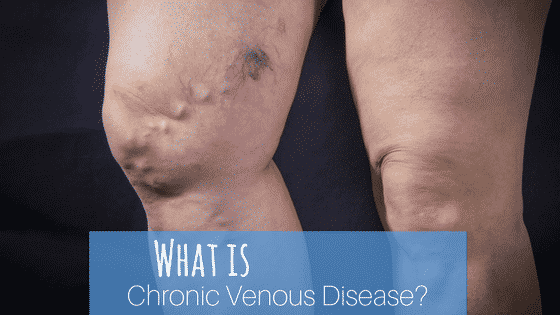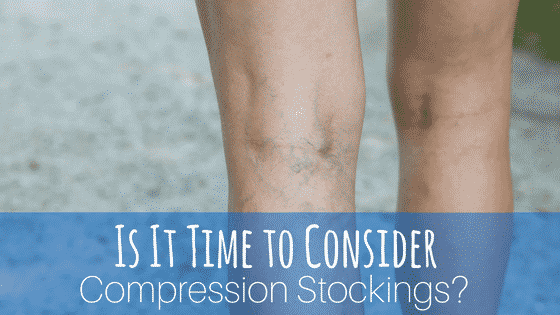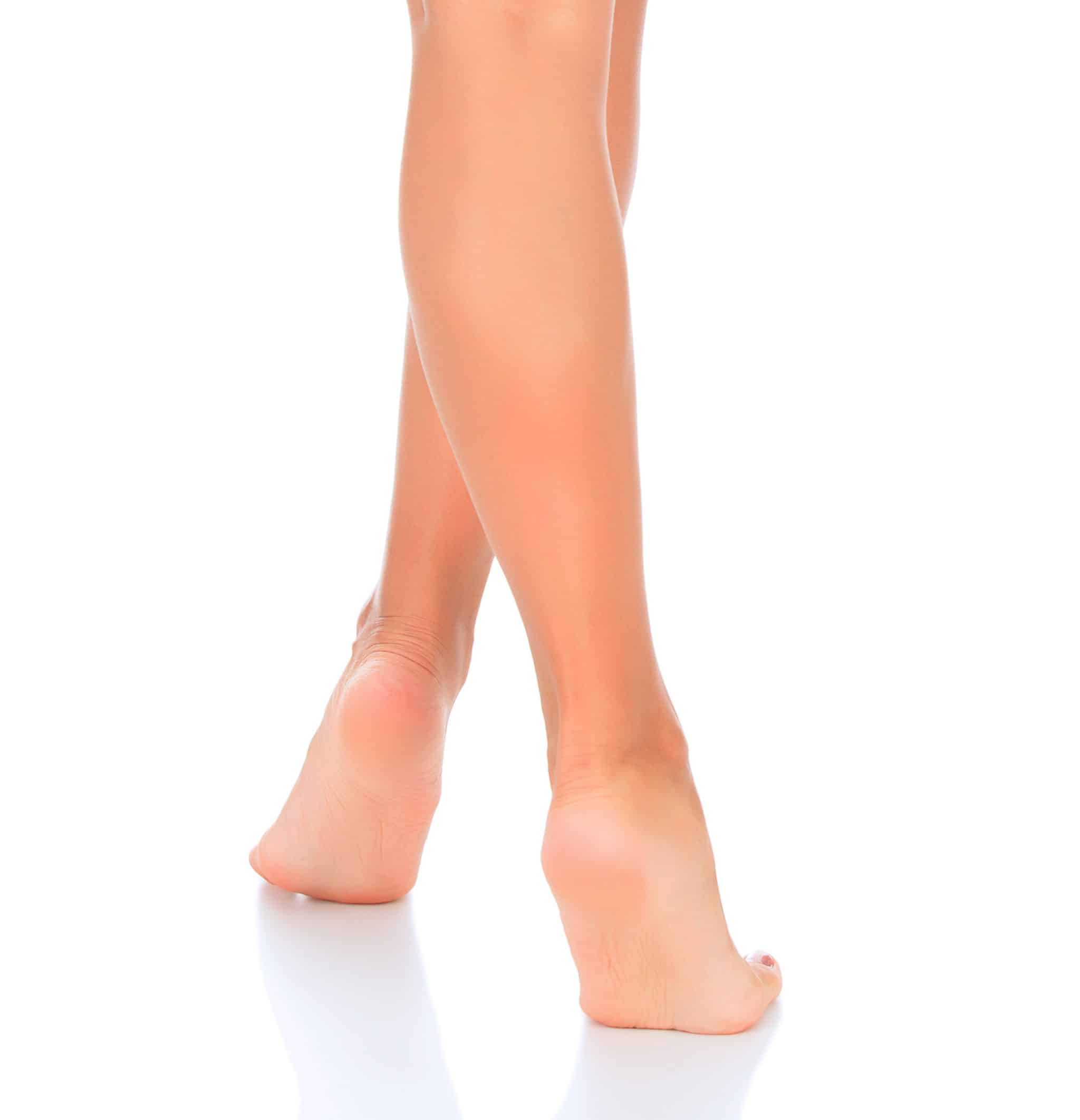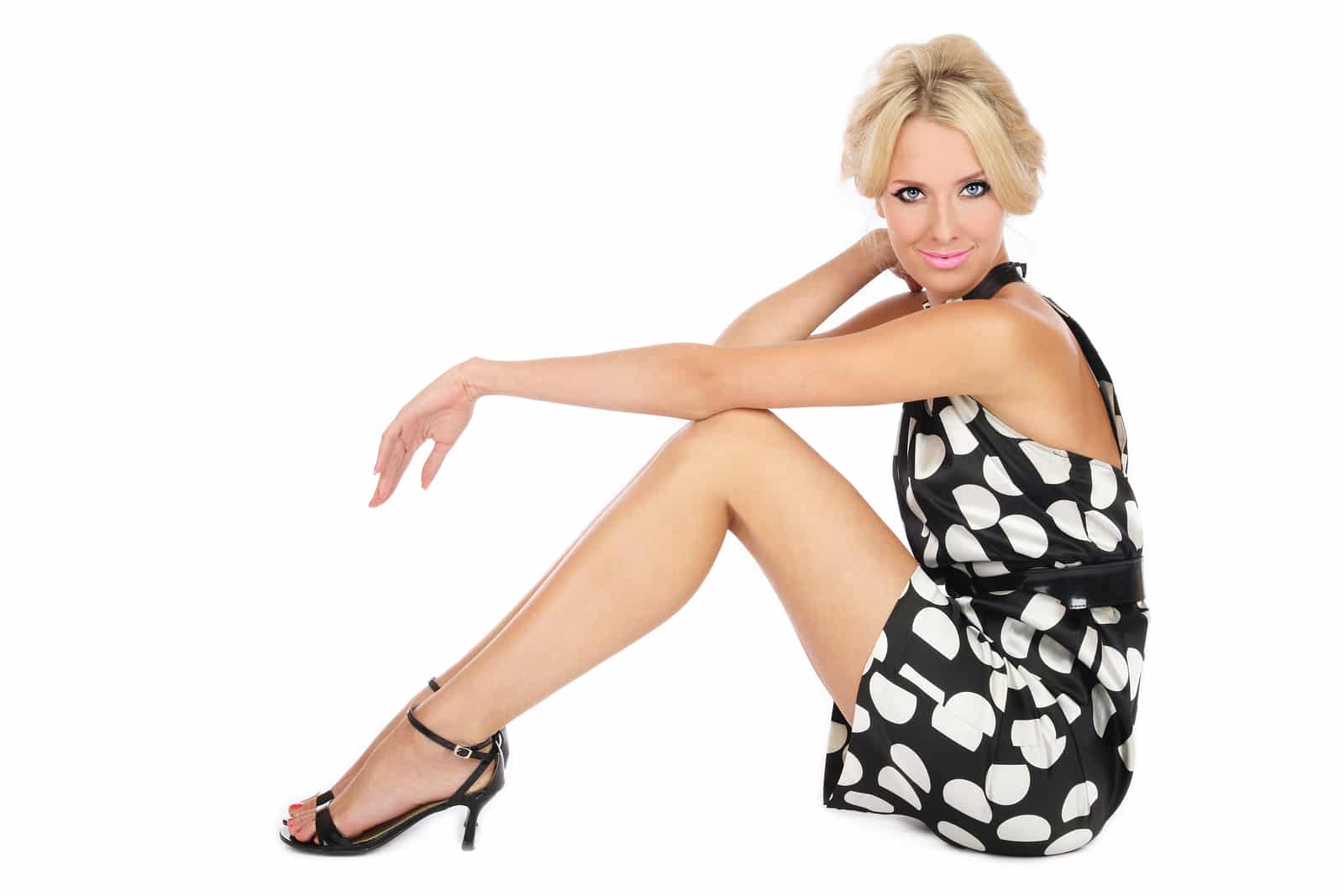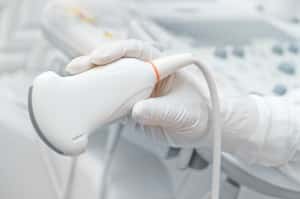Common Signs of Varicose Veins
Aching and swollen legs, and twisted veins can be uncomfortable precursors to varicose veins. These occur when vein valves are weakened or damaged. The weakened valves prevent blood from efficiently returning to the heart, causing blood to accumulate in the vein, and resulting in its enlargement. Although this process can affect all veins, varicose veins specifically refer to the larger veins.
For some, varicose veins are simply a cosmetic issue, but in others, this is a sign of more serious medical conditions.
